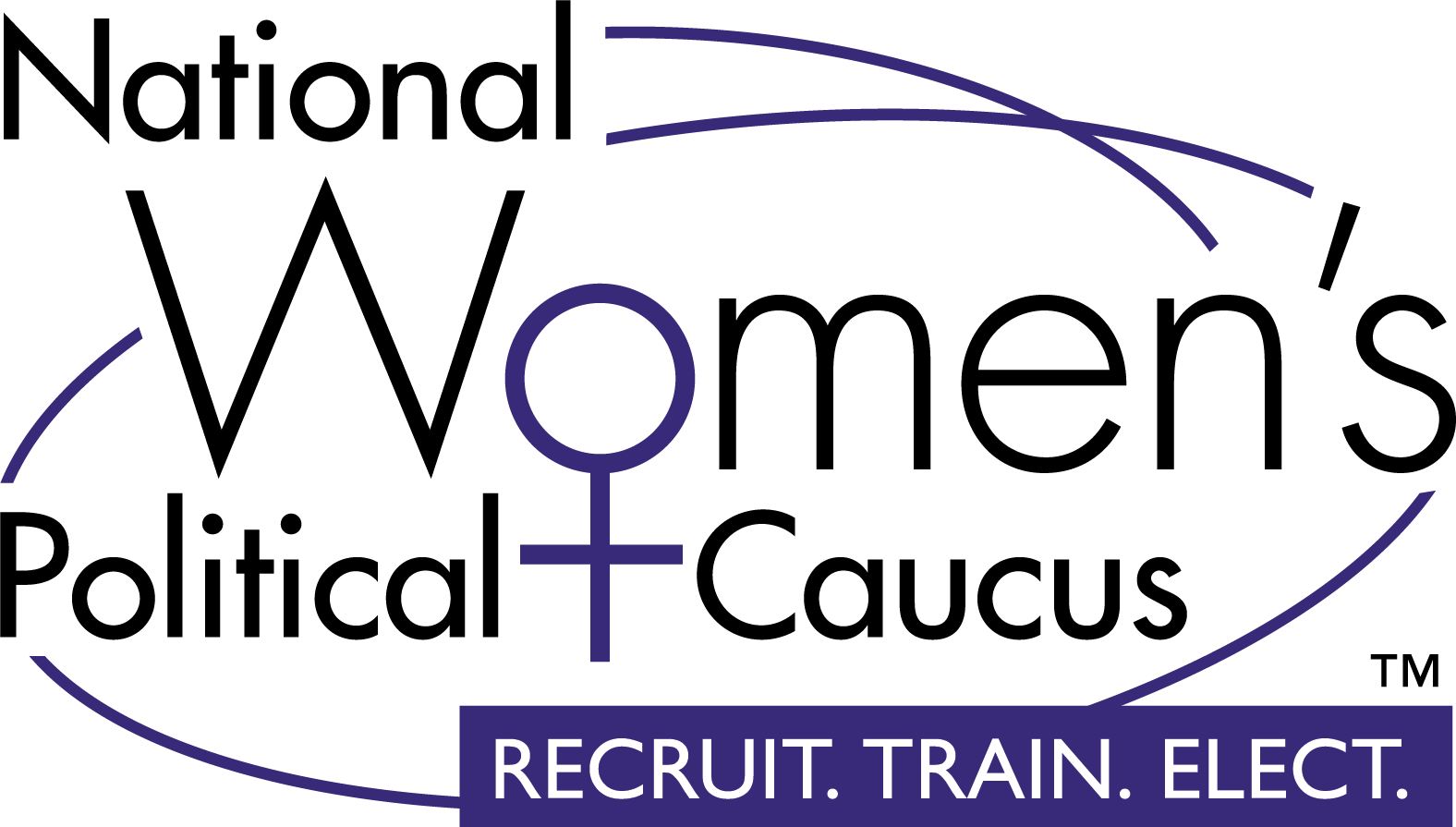By Dr. Carmen Schaye, NWPC Vice President of Diversity
In 1776, while the constitutional congress was hard at work assembling our government, Abigail Adams wrote a letter to her husband, then-congressman John Adams, asking that the drafters “remember the ladies, and be more generous and favourable to them than your ancestors.” It was a timely and well-considered request that the drafters expand their view of the American ‘citizen’ beyond that of white men. Unfortunately, Abigail’s pleas fell on deaf ears; John Adams’ reply was that he could not help but laugh at her “saucy” letter. Even as a well-educated man preoccupied with tyranny and human rights, the thought of women being included in the citizenry was laughable.
Undeterred, however, Abigail responded to John’s dismissal with solemnity, staying that “we have it in our power not only to free ourselves but to subdue our Masters, and without violence throw both your natural and legal authority at our feet.”(vi) In this quote, Abigail Adams co-opted the language of the American Revolution–of masters and servants, of natural and legal authority–to make a deeply compelling argument for women. The unquestioned authority of men over women ran counter to the philosophical framework of the revolution, and she was not about to let her husband forget it.
Of course, Abigail’s argument would not find purchase for many years to come. The Declaration of Independence, drafted the same year as Abigail’s letter, makes very clear that the new government would be one made for men, by men. It begins with an exhortation that “all men are created equal” and goes on to say that governments are “instituted among men.” It does not include any mention of women. Nor does it pay any mind to the many people who were enslaved at the time of its authorship.
Nonetheless, their exclusion from full citizenship did not stop women like Abigail Adams from participating in the Revolution. The Daughters of Liberty held meetings, spun cloth to aid a boycott of British material, and made a public showing of eating only American food and drinking American tea. Many others took the reins of their private property while their husbands went to war, taking over the responsibilities of running the family farm or business. Still others aided in the war effort directly. Betsy Ross famously sewed the first American flag. Another woman, Mary Katherine Gifford, was the first printer and postmaster to the Second Continental Congress in Baltimore, and actually printed the official copy of the Declaration of Independence. According to the Smithsonian, she may have actually been the first woman postmaster, though her capacity as such was never fully acknowledged.
Despite all of those contributions, the American Revolution remains the work of the “Founding Fathers” in popular memory. When the Americans defeated the British, the “natural and legal authority” that Abigail Adams described became the law of the land. Adams’ words did not change her husband’s views on the proper place of women in society, and they did not change the literal meaning of the words “all men are created equal.” Women were not given the right to vote or own land.
So, as we celebrate the 4th of July, it is important to note that while the Declaration of Independence achieved a landmark separation of the United States from the British, it preserved the subjugation of women to the status of second-class citizen. Acknowledging that fact and the limitations of our National origins is essential to an honest and forthright discussion of our future.

